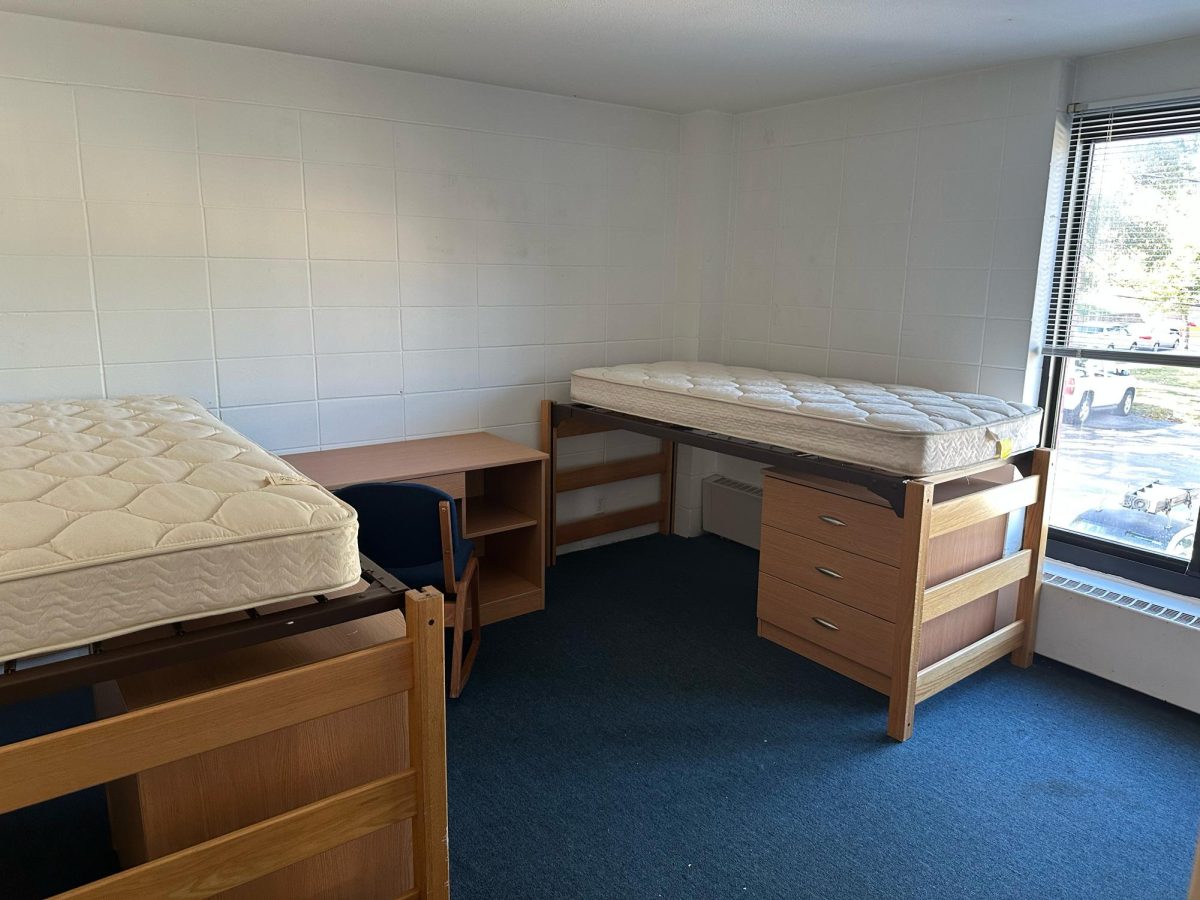In recent years, Drake has been eliminating student housing options to optimize the campus for current student needs. The number of total residence halls has shrunk from eight in 2019 to five currently in 2024.
The closures included Morehouse Hall, Jewett Hall and Ross Hall. Morehouse will become the home to the Johansen Student Center, while Jewett has been repurposed as meeting spaces and banquet rooms. Drake Public Safety has taken over Ross on the ground floor. Though the former residence halls sit vacant, the buildings are structurally solid.
“The buildings are, despite their age, in pretty good shape,” Associate Facilities Manager Colin Atkinson said.
Within the past few years, Drake undergraduate enrollment has fallen drastically. According to the 2023 student profile, in 2014 there were 870 first-year students. However, that number dropped to 616 new students in 2023.
“Our momentum is not the same as it was the last time Ross was used,” Atkinson said.
The number of commuter students has also risen dramatically within the past few years. One reason for this is that some students find the cost of on-campus living too high compared to staying at home. The COVID-19 pandemic has also contributed to the rise in commuters. During the pandemic, it was seen as a safer option to stay away from tight communal spaces, which may have led some students to stay away from residence halls.
History of Ross Hall
Tucked behind the West Village apartments lives what used to be Ross Residence Hall. According to Assistant Dean of Students and Director of Residence Life Lorissa Sowden, Ross served as housing for married couples after its opening in 1962. Ross Hall was named after Dr. Sherman Luther Ross, head of both the biology and chemistry programs.
Over the years, Ross’s purpose has changed several times. Ross changed from married student housing to housing for graduate students in the 1980s. Later, in 2003, Ross became housing for undergraduates due to renovations to Goodwin-Kirk Residence Hall. The upgrades included enlarging the space of dorms and, in return, reducing building capacity. After the upgrades, Drake used Ross to house the remaining students until the need for student housing declined, and Ross was officially closed in 2019.
During the COVID-19 pandemic, however, Ross was temporarily reopened as a quarantine space for students who had tested positive for the virus. Ross worked exceptionally well for this, as the suites had bathrooms, and food was delivered directly to students’ doors. The hall continued to serve as a quarantine location for students until after the Drake Relays in 2023. There are currently no plans to reopen Ross for student housing.
“It was a financially responsible decision for the University,” Sowden said in an email interview.
The upper floors of Ross are left abandoned as of today. Kitchen equipment has been removed, usable bedding and furniture have mostly been moved out and all bathrooms need to be fixed. The entrance to each room is on the exterior of the building instead of in a hallway. The only elevator in Ross stops at each half floor, making the building non-ADA compliant. Students would need to walk up or down a half flight of stairs from their apartment to the nearest elevator.
Drake Public Safety has taken over the ground level of the facility. DPS sold their building on the east side of campus, leading them to renovate the ground level, turn dorm rooms into office spaces and use the parking lot as DPS vehicle parking.
“We have sufficient housing available in the remaining residence halls to accommodate our current undergraduate student housing requests, so the closure of Ross Hall had minimal impact,” Sowden added.
Current housing options
Another popular student housing option is Drake West Village. Like Ross, West Village contains apartment-style suites. While West Village sits on Drake land, the building is currently owned by real estate group Asset. However, it will default back to the University in 2029 and become an on-campus housing option. Students choose West Village because it has almost identical features to what Ross offered; juniors and seniors choose this option because it’s considered off-campus housing.
While Ross Hall has been left unkempt, Jewett and Morehouse halls have been entirely repurposed. Jewett was initially opened in 1940 as a male-only residence hall and could contain 80 occupants. The student union at the time was also hosted in the building, containing a small restaurant and a television. Jewett also served as the first building on campus where smoking was allowed.
By the mid-80s, however, the student union had moved into the Olmsted Center. During this time, the law school transformed Jewett’s third floor into an intensive study space for law students. To this day, the remaining units are still utilized as housing for conferences and events hosted on campus, according to Atkinson.
“Jewett was pretty much full for most of summer,” Atkinson said.
Morehouse was opened around the same time as Jewett and served as a female-only residence hall housing 77 occupants. Morehouse had a large “ballroom” dining room open to everyone. While the first floor was later converted to offices, the rest of the building remained a residence hall.
Recently, however, Morehouse began the renovation process, after which it will serve as a new student center focusing on adapting to the desires of the current student population.
This new renovation effort is mainly funded by the Ones campaign. Post-renovation, the ground floor will house the Johansen Student Center, Sammons Intercultural Center and offices for residential life. Extra study spaces, lounges and offices will be on the upper floors. The end goal for renovations on Morehouse is to revitalize aging spaces and to create a higher level of diversity on campus.
“Olmsted is great, but it is dated as well, and there’s a dedicated need for students and different organizations to gather,” Atkinson said of the Morehouse renovation.







